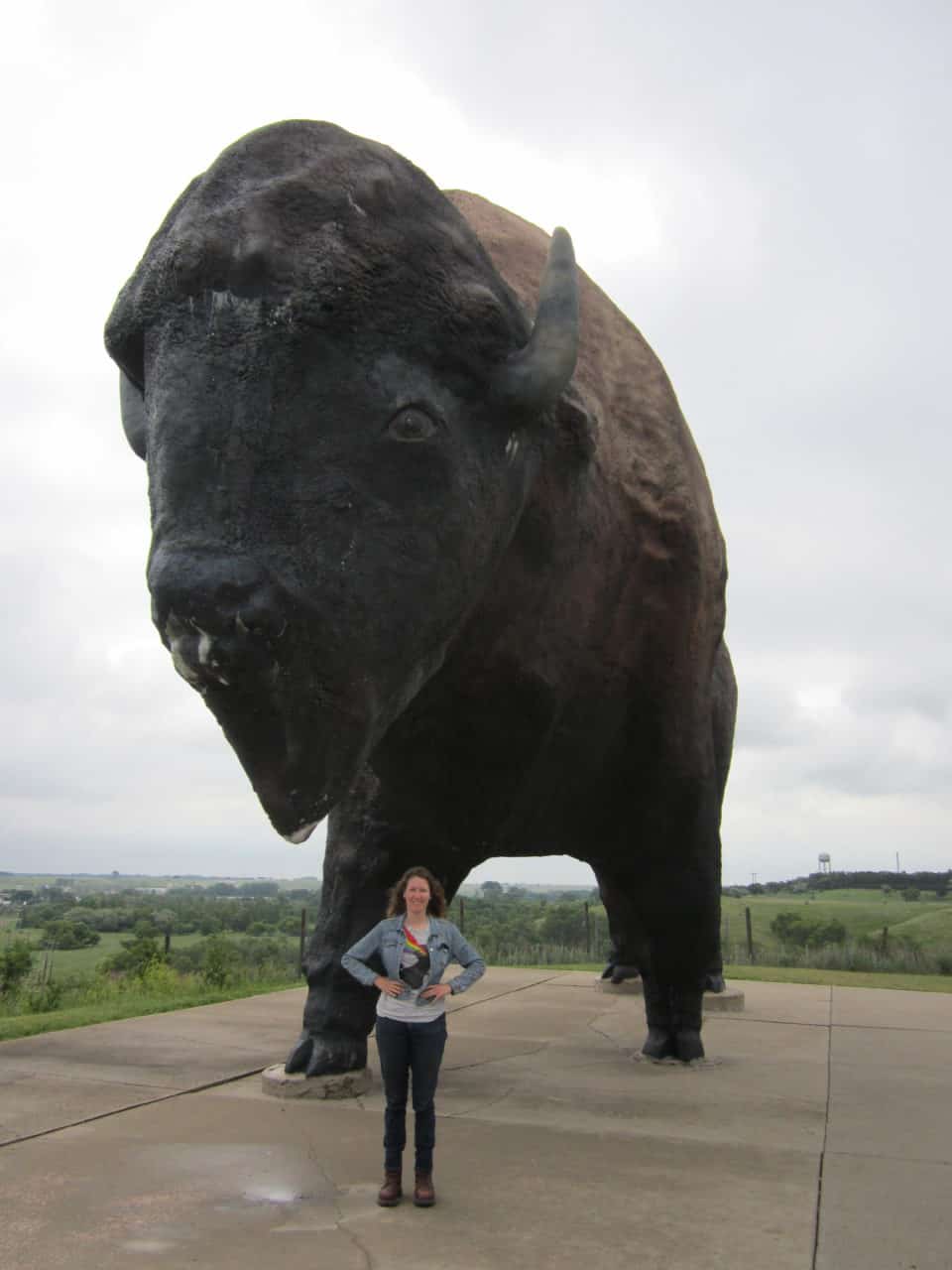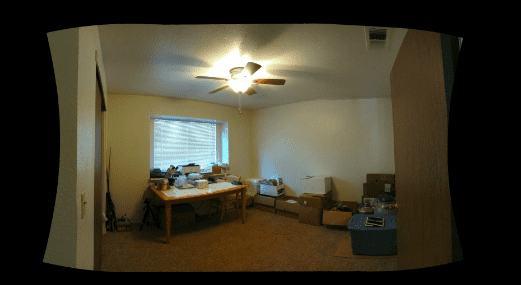On a recent trip I stumbled onto pits in sandy soil. The first thing that came to mind was Antlions which congregate in dry soil. They sit in the bottom of the pits and wait for unsuspecting prey to fall in. Upon further investigation I found that there were small worm-like larvae in the bottom of these pits. They were somewhat strange looking having no pronounced prolegs or large sclerotinized mandibles to grab prey with. So once I figured out that these were not Antlions I figured I’d throw in some prey to see what happened. When I did, I was surprised. The larvae grabbed…
Month: June 2012
The Ropes of Research – Learning My Way Around a New World
When I think back to when I first started as an apiary technician at the Pennsylvania Department of Agriculture the first thing that comes to my mind is how completely clueless I was when it came to beekeeping. I also had a lot to learn about scientific research. The more I learned the more I realized how little I actually knew. An answer to one question almost always leads to another question... I will never forget my first day in the field at a yard just outside the small town of Lewisburg, Pennsylvania. Dennis vanEngelsdorp and I met Jeff Pettis and Nathan Rice (USDA Bee…
Busy Bees at BRL
The past month has been very busy for us at the Bee Research Lab in Maryland. There was one week we received shipments of alcohol samples from all 3 BIP teams: California, Minnesota and Hawaii. It was only a few weeks ago when we had boxes stacked high waiting to be processed. I am proud to say that Heather Eversole and I broke our own personal records for how many samples we could process in a day. It feels good knowing that the beekeepers received their reports as fast as possible! As most of you know, my primary task at BRL is counting Nosema spores.…
Velvet Ants (Mutillidae)
On a recent adventure into the Ishi Wilderness...(http://en.wikipedia.org/wiki/Ishi_Wilderness) I stumbled onto my second Velvet Ant (Mutillidae) in California. This one was similar to the first species I saw. There are a few images below that show the first one I collected. Mike also found a Velvet Ant that looked to be the same species. Velvet ants are so named because of their dense hair that can be gold, black, orange or a variety of other colors. I have both specimens in captivity now. One fascinating thing I found about these ants is they make squeaking noises by stridulation which means that they make sounds by…
The Midwest at its Best
Not many Californians would jump at the opportunity to spend their summer in Minnesota and North Dakota, but not many Californians work with bees either. I was glad to be given the opportunity to work with Katie Lee in the Bee Informed Partnership and pack my bags and relocate to St. Paul at the beginning of June. For the past four years I've worked with Sue Cobey at UC Davis, learning how to keep bees and raise queens, working my way up to a full time position taking care of the research hives and lab facilities at the Harry Laidlaw Honey Bee Research Facility. My…
Bee Beard
http://www.youtube.com/watch?v=MiVTZbISMcE Last Saturday Rob and I volunteered to participate in the Patrick Ranch’s annual Country Faire and Threshing Bee. For more information about the event visit: http://site.patrickranchmuseum.org/index.html We got a call from Yvonne Koehnen earlier last week asking if we would be interested in doing a bee beard for the honey bee exhibit at the fair. The Koehnen family has been beekeeping since 1907. For more on the Koehnen family visit: http://www.koehnen.com/ I had never done a bee beard before so I was excited about the invitation. We put our weekend plans to fish the McCloud River on hold and happily accepted Yvonne’s invitation. There…
Spring Collecting In Northern California
Spring in Northern California has been good for collecting different native bee species along with other flower visiting insects. With summer approaching fast, native bees are thriving on yellow flowering plants such as Yellow Star Thistle (Centaurea solstitialis) and Great Valley Gumplant (Grindelia camporum). On these two species of flowers I collected 6 genera including Megachile, Triepeolus, Mellisodes, Osmia, Ceratina and Lasioglossum. There is an image below and at the end showing some of the bees collected and pinned. I also collected some other insects and arthropods in Siskiyou County. I found some swallowtails (Papilio sp.) congregating near a stream bank in the late afternoon.…
Honey Bee Lab from Home
From time to time we are approached by beekeepers who are interested in setting up their own labs so that they can take samples of their bees and test them for Varroa mites and Nosema spores. Most beekeepers know what a Varroa mite looks like so identification usually isn’t an issue. Counting Nosema spores can be a more daunting task, especially if you are trying to quantify spore loads. Seeing an image of a Nosema spore on the internet or in a book can make things easier but until you see one yourself under a microscope and have someone verify the identification it could be…


